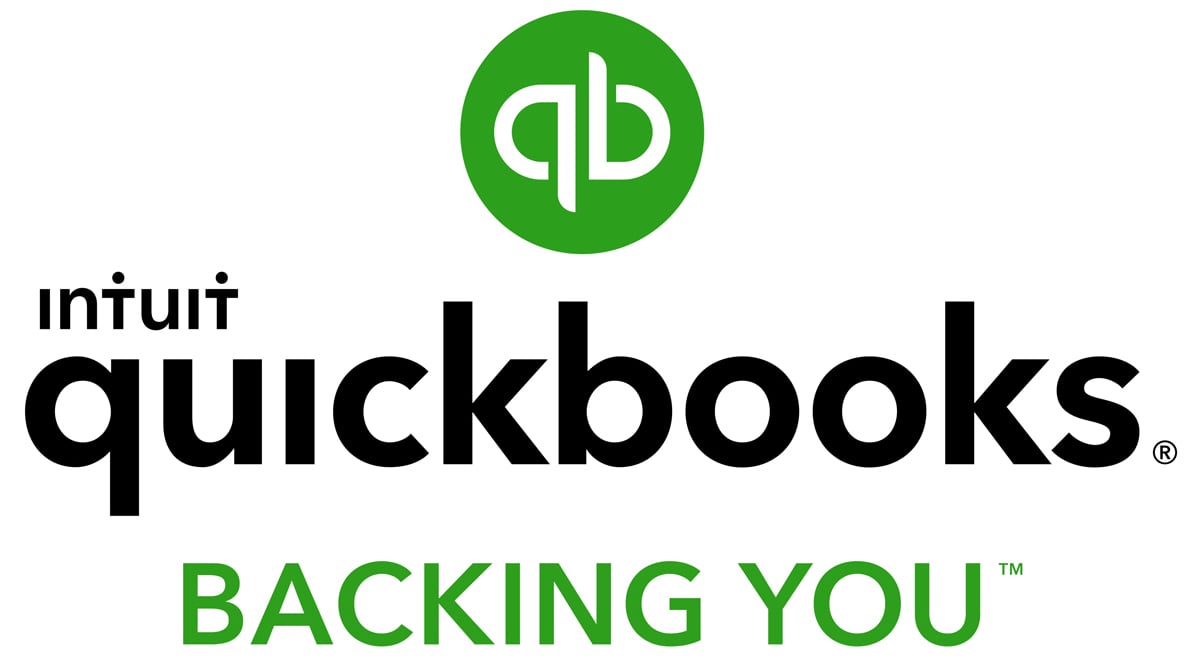What Is Debt-to-Equity Ratio (D/E)?: Definition and Formula

For many small business owners, scaling a business sometimes requires a little bit of outside help financially. We’re not talking about your accountant or bookkeeper helping you manage your business finances, but rather in terms of capital—whether that comes from seeking small business financing or courting investors. (Sometimes, it could mean both.) If that’s the case for you, understanding your debt-to-equity ratio is crucial to understanding your company’s financial position.
The debt-to-equity ratio is a fairly simple measure of how much debt and equity is being used to finance your company’s assets and operations. And, yes, we do mean simple: It’s a straightforward equation known as the debt-to-equity ratio formula that you can calculate on your own.
Once we introduce you to the purpose of this ratio, we’ll show you how to calculate debt-to-equity ratio, help you understand why it’s important, and even define what a good debt-to-equity ratio is.
What Is Debt-to-Equity Ratio?
The debt-to-equity ratio is a number that shows you how much liquidity your business has by comparing your total debt to your total equity. With this ratio, you’ll have a sense of what’s called your “financial leverage,” which shows how much of your company’s financing is coming from debt (such as creditors like small business lenders), rather than wholly owned sources, such as shareholders and investors.
A debt-to-equity ratio of 1 means that investors and creditors have an equal stake in your business. A lower debt-to-equity ratio means that investors have more stake; on the other end of things, a debt-to-equity ratio of more than 1 means that creditors have funded more than investors. You’re considered “highly leveraged” if you’ve mostly used debt to finance your business—a financial state that’s reflected in a high debt-to-equity ratio.
Why the Debt-to-Equity Ratio Is Important
The debt-to-equity ratio is important because it gives anyone analyzing your business’s financials a sense of whether your business is stable. Of course, your debt-to-equity ratio alone doesn’t define stability or instability, but it can hint at whether you’re borrowing too much or whether investors don’t have a great deal of confidence in your business.
Your debt-to-equity ratio is also a kind of overall picture of how your business has been raising capital—and, perhaps, whether you’ll be able to raise more. Small business lenders and credit card companies are interested in this ratio since it’ll give them a sense of whether you’ll be able to make your debt payments.
A lower debt-to-equity ratio is generally linked to a more financially stable business. It shows that you don’t have as much debt on your balance sheet; rather, you’ve been able to secure more financing from investors, who have confidence in your operations.
A higher debt-to-equity ratio can be worrisome to creditors (or even prospective investors) because it can signal risk. Debt has to, of course, be paid back to a lender. However, that’s not the case with equity, which by definition means you’re trading a stake in your business for financing that you don’t need to repay. Obviously, debt is also more expensive (since you’re paying for it), and lenders need to see that you’re in a position to pay back any loans that they give you. Remember, the riskier you look, the less likely you are to get a loan—or, at least, one with favorable terms.
Debt-to-Equity Ratio Formula
If you’re wondering how to calculate your debt-to-equity ratio, the debt-to-equity ratio formula is simple:
Debt-to-Equity Ratio = Total Liabilities / Total Equity
In other words, you’ll divide your total liabilities by your total equity. What are each of these components exactly? Let’s learn more.
How to Calculate Debt-to-Equity Ratio
To calculate your business’s debt-to-equity ratio, you’ll divide your total liabilities by your total equity.
Liabilities: The numerator of this equation is your debts. That could include your outstanding small business loans, your business credit card bills, and more.
Equity: To get the shareholders’ equity number, grab your balance sheet and subtract your total liabilities from your company’s total assets.
A good debt-to-equity ratio is around 1 to 1.5, but this will vary depending on industry, among other factors.
Debt-to-Equity Ratio Formula Examples
Now, we’ll go through a couple of debt-to-equity ratio examples. After you familiarize yourself with this equation, you can plug in your business’s own numbers to get your debt-to-equity ratio.
Debt-to-Equity Ratio Example 1
For our first example, we’ll look at a fictional commercial bakery, Karen’s Kakes. They’ve just expanded into a few new markets, so they had to finance that expansion by tapping into different sources of financing: both debt and investors.
Their total liability—or debt—is $100,000. Their shareholder equity equates to $125,000. Therefore, their debt-to-equity ratio calculation looks like this:
Debt-to-Equity Ratio = Total Liabilities / Total Equity
Debt-to-Equity Ratio = $100,000 / $125,000
Debt-to-Equity Ratio = 0.8
Relatively, Karen’s Kakes looks like a pretty stable business that’s not very highly leveraged.
Why is this important for Karen’s Kakes? Well, if Karen is going to try to court new investors interested in her space, these investors will want to know how confident other investors have been in her business. The answer here is pretty confident: Karen’s Kakes has raised more investment capital than they’ve put debt onto their balance sheets.
Similarly, if Karen goes to a lender to borrow more capital—whether that’s a term loan, business line of credit, or even ask for a higher business credit card limit—lenders will have more confidence that she’ll be able to repay the capital she’s borrowing.
Debt-to-Equity Ratio Example 2
Jeff’s Junkyard is in a different position than Karen’s Kakes. They’ve needed to borrow money to invest in buying a couple of competitive junkyards—which has been good for their business but has definitely cost a lot of money. Unlike Karen, Jeff hasn’t been able to court nearly as much investment.
Their total debt is $250,000. Their shareholder equity is $50,000. Therefore, their debt-to-equity ratio calculation is as follows:
Debt-to-Equity Ratio = Total Liabilities / Total Equity
Debt-to-Equity Ratio = $250,000 / $50,000
Debt-to-Equity Ratio = 5
In this case, Jeff’s Junkyard is a highly leveraged business.
A debt-to-equity ratio of 5 is a big red flag for investors, who will see that Jeff’s financial position is pretty precarious. He simply doesn’t have the investment coming into the business to even out the liability on his books. That may make paying for his current debt very difficult and can signal tough times ahead.
Additionally, if he tries to seek out small business financing in addition to his other debts, he may not be approved—or may have to pay very high fees in order to compensate for his high perceived risk. And although this debt-to-equity ratio may not totally turn off investors who are comfortable taking on risk, other investors who want to see that there’s a lot of confidence around this business will likely feel that Jeff’s current financials aren’t favorable for investment.
What Is a Good Debt-to-Equity Ratio?
A good debt-to-equity ratio debt depends on your industry. In general, you’ll hope to keep your debt-to-equity ratio around 1 to 1.5, though if you’re in a highly capital-intensive industry, that ratio may creep up a bit higher without raising red flags.
Debt-to-Equity Ratio of 0
Is a debt-to-equity ratio of 0 possible? Yes, it certainly is. That can happen when you have no debt on your balance sheet, and more than zero investment capital. This is, theoretically, an incredible financial position to be in—but most business owners aren’t. Don’t feel bad if you have some debt on your books, just keep your debt-to-equity ratio from creeping up.
Long-Term Debt-to-Equity Ratio
Another debt-to-equity ratio you might be interested in is the long-term debt-to-equity ratio. This number can determine the long-term stability of your business. If the ratio is on the higher side, it can imply that the business is at risk of bankruptcy, as the business may not be able to pay for the interest expenses on their debt if they experience a decline in cash flow. To find the long-term debt-to-equity ratio, you’ll use the following formula:
Long-term Debt / (Common stock + Preferred Stock) = Long-Term Debt-to-Equity Ratio
Common stock refers to an ownership share in a corporation. This share allows holders voting rights at shareholder meetings and they may receive dividends.
Preferred stock represents a type of equity ownership with a more senior claim on a business’s earnings and assets.
The Bottom Line
An important thing to know is that a high debt-to-equity ratio isn’t the end of the world. In many cases, businesses have to take on a bit of debt in order to kickstart growth and start generating the revenue that will enable them to pay for their debt, grow, and attract investors. If you’re dissatisfied with your debt-to-equity ratio, you can change it for the better by either lessening your debts or increasing your equity investments.
Also, remember that you don’t need to be applying for small business capital or seeking investment to calculate or care about your debt-to-equity ratio. Among other financial ratios, understanding your debt-to-equity ratio can give you a good sense of goals you need to set for your business, and the direction you want to move. And you never know—sometimes you have to seek capital in an emergency, so being prepared with strong business financials can benefit you in the long run.

Meredith Wood
Meredith Wood is the founding editor of the Fundera Ledger and a GM at NerdWallet.
Meredith launched the Fundera Ledger in 2014. She has specialized in financial advice for small business owners for almost a decade. Meredith is frequently sought out for her expertise in small business lending and financial management.

Featured
QuickBooks Online
Smarter features made for your business. Buy today and save 50% off for the first 3 months.

